In the ever-evolving landscape of digital art and gaming, certain trends come and go. Still, one particular aesthetic style has managed to captivate audiences and stand the test of time: low-poly characters.
These polygonal creations have transcended their humble origins to become an enduring artistic trend with their distinctive faceted forms and minimalist designs. What started as a technical necessity grew into a beloved art form, becoming a deliberate stylistic choice with a charm to call its own.
Now, you might be wondering: how “low” is low-poly? While no exact rule exists and definitions vary, a typical low-poly character will clock in anywhere from 200 to 2,000 polygons. To put that in perspective, a highly detailed character in modern AAA titles could easily sport upwards of 100,000 polygons, sometimes even millions for cinematic purposes!
It’s a stark contrast that highlights the artistic challenge of low-poly design. After all, how do you even create something expressive and appealing with so few geometric shapes?
In this article, we explore the allure of low-poly characters, examining their origins, evolution, and why they continue to charm both creators and viewers alike, and an overview of their creation process!
Low-poly characters: a brief history
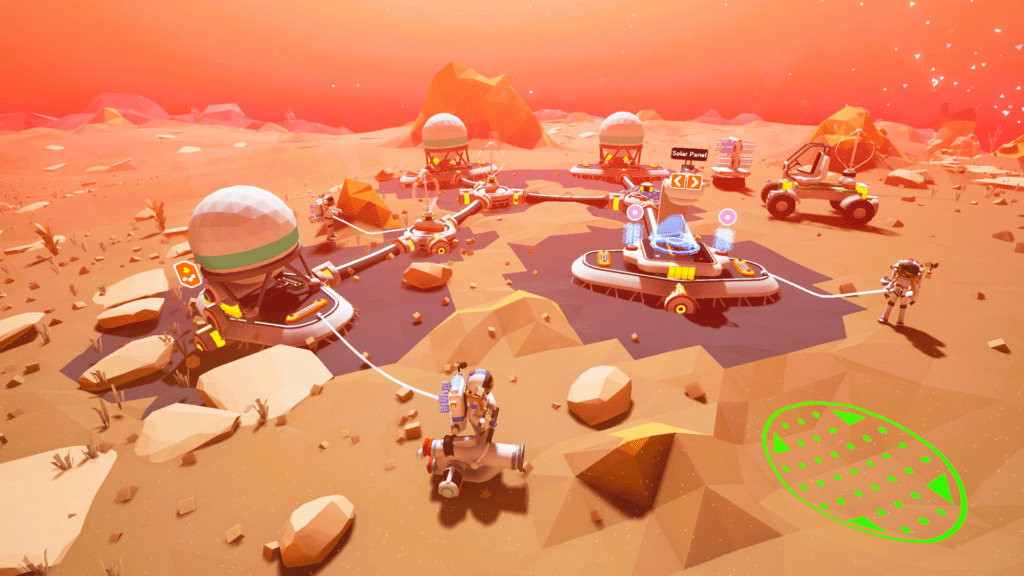
The origins of low-poly characters can be traced back to the early days of computer graphics, specifically to a time when limited processing power and memory capacities imposed strict constraints on the visual fidelity of digital representations.
During this era, game developers and graphic artists faced significant challenges in creating immersive and visually appealing virtual worlds. To overcome these limitations, developers sought creative solutions that could optimize performance without sacrificing the overall visual appeal of their creations.
One of the key concepts that emerged from this era was the idea of using low polygon counts in character and environment designs.
In the realm of computer graphics, polygons are flat, geometric shapes with straight sides that are used to construct 3D models. Each polygon requires a certain amount of processing power and memory to render, and in the early days of gaming, these resources were quite limited.
Therefore, reducing the number of polygons in a 3D model became a crucial strategy to optimize performance. By employing fewer polygons, game developers were able to create characters and environments with a simplified, angular aesthetic that would not strain the limited resources available.
These low-poly models often featured flat-shaded surfaces, devoid of intricate details or complex textures. Instead, they relied on basic colors or shading techniques to enhance the visual appeal within the constraints of the hardware.
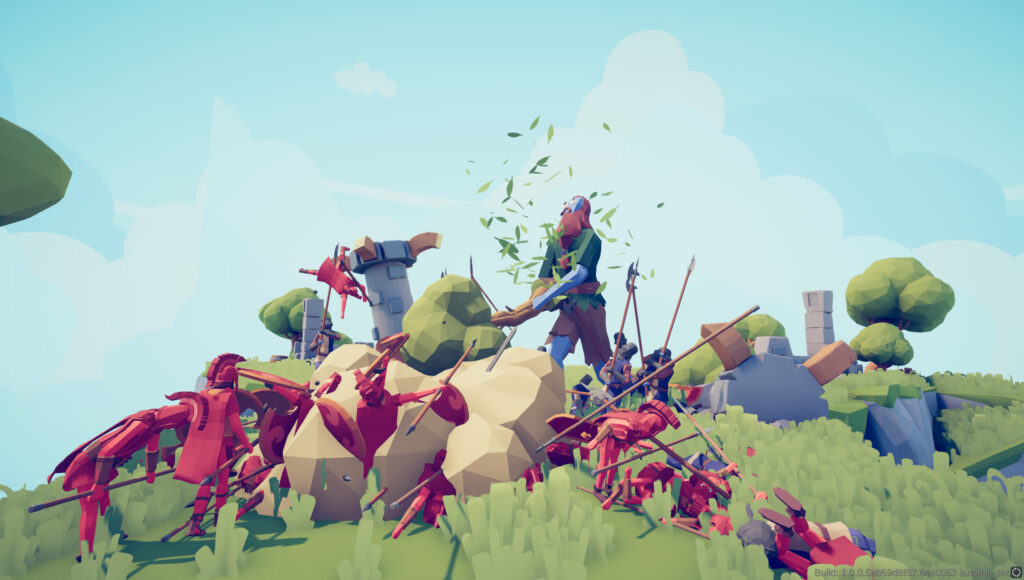
The use of low polygon counts offered several benefits beyond performance optimization:
- First, it allowed for faster rendering times, enabling real-time interactions in games, which was particularly important in action-oriented titles;
- Second, it made it easier for artists to create and animate characters and objects, since fewer polygons meant less time spent on modeling and texturing;
- Finally, the distinctive low-poly style became an artistic choice in itself, giving birth to a unique visual aesthetic that became popular among game developers, animators, and digital artists.
Over time, as computer technology advanced and hardware capabilities improved, the need for strict polygon limitations diminished.
However, the low-poly style persisted and even evolved as a deliberate artistic choice. Even with more powerful hardware, some game developers and artists continue to utilize the low-poly aesthetic as a way to evoke nostalgia, create stylized worlds, or achieve a certain minimalist charm.
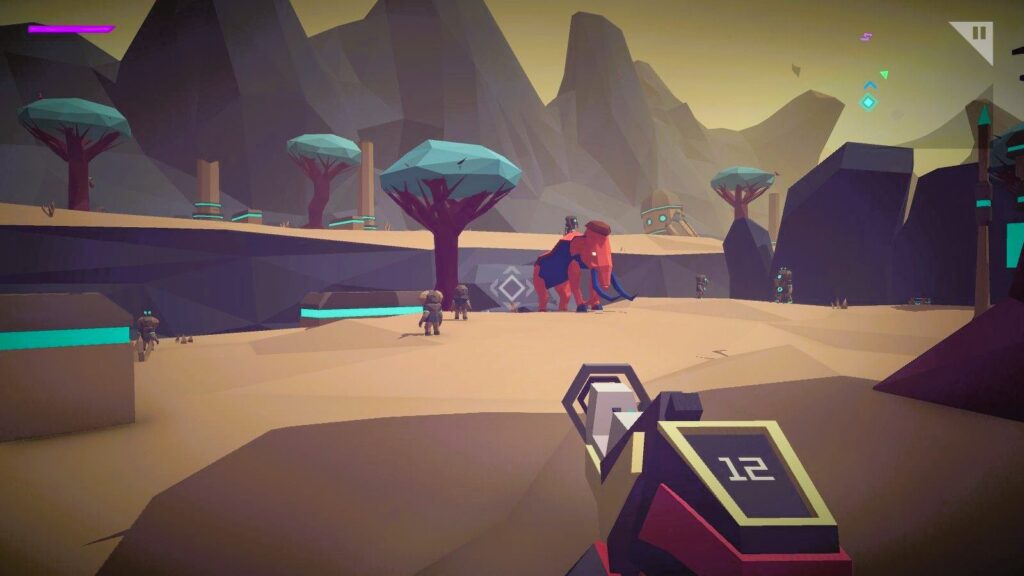
The art and versatility of low-poly characters
One of the most compelling aspects of low-poly characters lies in their ability to convey a wide range of emotions and personalities with minimalistic features.
The intentional simplicity of their forms allows for greater focus on essential details such as color, composition, and animation, creating a unique visual language that can evoke powerful responses from viewers.
In traditional character design, intricate facial features and fine details are often employed to communicate emotions and convey personality traits. However, low-poly characters take a different approach.
With their limited polygon counts and simplified forms, they rely on abstract representations and exaggerated gestures to express a multitude of emotions.
By reducing complex facial features to basic shapes, such as simple lines for eyes or a basic curve for a smile, low-poly characters can convey joy, sadness, anger, or surprise.
The lack of explicit detail prompts viewers to project their own emotions onto these simplified faces, engaging their imagination and allowing for a more personal interpretation of the character’s feelings.
This interactive process fosters a sense of connection and empathy, as viewers actively participate in deciphering the emotions being portrayed.

Furthermore, the absence of intricate details encourages viewers to focus on other visual elements that contribute to character expression.
Color, for instance, becomes a vital tool in conveying emotions and distinguishing personalities. Bright and vibrant colors may suggest a cheerful and optimistic character, while muted tones can evoke a sense of mystery or melancholy.
The deliberate use of color palettes in low-poly character design enhances the overall emotional impact and adds depth to their personalities.
Composition also plays a crucial role in the portrayal of emotions in low-poly characters.
The arrangement of geometric shapes and their relationship to the character’s body can communicate strength, vulnerability, or even a sense of playfulness.
The deliberate positioning of elements within the simplified form directs the viewer’s attention to key aspects, amplifying the intended emotional response.
In addition to static expressions, low-poly characters excel at conveying emotions through animation. The simplicity of their forms allows for fluid and exaggerated movements that can evoke a broad spectrum of feelings.
Through dynamic poses, subtle gestures, and expressive body language, low poly characters come to life, engaging viewers on a deeper emotional level.
You see, by embracing minimalism and encouraging viewer participation, low-poly characters transcend their simplistic appearance and tap into the power of imagination. They stimulate empathy and emotional connection by allowing viewers to project their own experiences and interpretations onto these abstract forms.
This unique ability to convey complex emotions and personalities with minimalistic features is what makes low-poly characters a compelling and enduring art form in the realm of digital media and gaming.
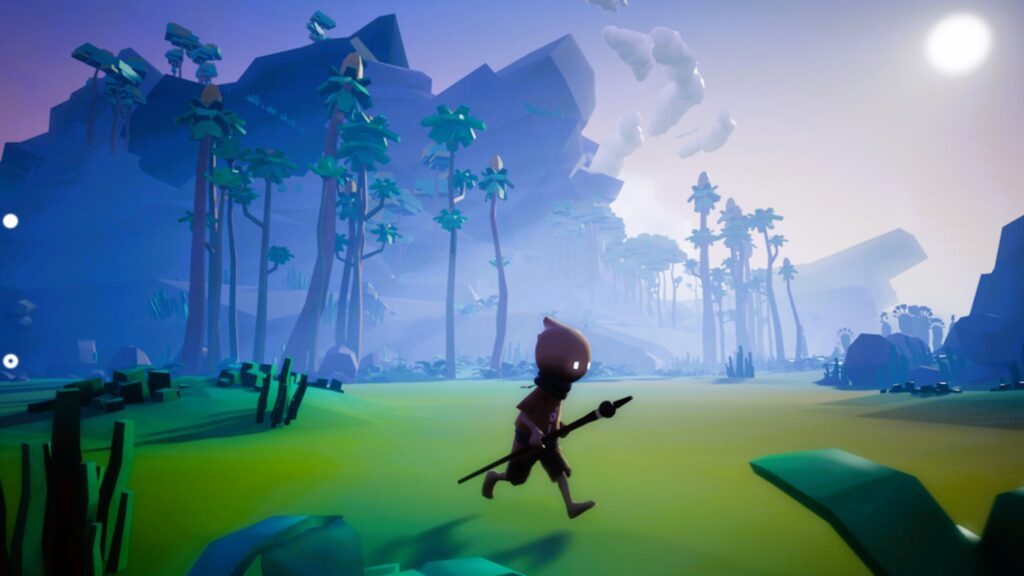
An overview of low-poly character creation
Every great low-poly character begins with a spark of inspiration. In this step, you will often find artists searching for references, creating mood boards, and sketching whatever comes to their minds in an attempt to capture their vision on paper.
This initial stage, also known as concept art, is critical, as it sets the foundation for everything that follows. Artists and game designers might spend days refining their ideas, seeking that perfect balance between iconic silhouettes and minimalist charm with minimal shapes.
Once the 2D concept feels right, it’s time to bring the character into the third dimension. This is where the real magic begins: artists fire up their favorite 3D modeling software (be it the open-source Blender or industry standards like Maya) and start sculpting in virtual space.
It’s a bit like clay molding, starting with basic shapes and slowly but surely coaxing them into recognizable forms. There’s something incredibly satisfying about seeing those flat sketches take on volume and depth, right?
Now comes the tricky part: retopology. Creating a marvelous low-poly character isn’t just about using fewer polygons, but using them wisely. Artists will analyze their models and wonder “Is this edge necessary? Is this face essential to the overall form? Will I lose critical details by simplifying this section? Will there be any performance impact?”
In other words, retopology is a process of distillation, refining the model down to its purest essence to maximize performance while keeping its most prominent details. Sometimes, it boils down to finding clever ways to suggest details without actually including them.
With that out of the way, it’s time to think about coloring and texturing. This is where a low-poly character truly comes to life! The UV unwrapping process, which is essentially creating a 2D “map” of the 3D surface, can be really tough (it’s like flattening a globe into a map, and you’ll always have some distortion to manage… look below!)
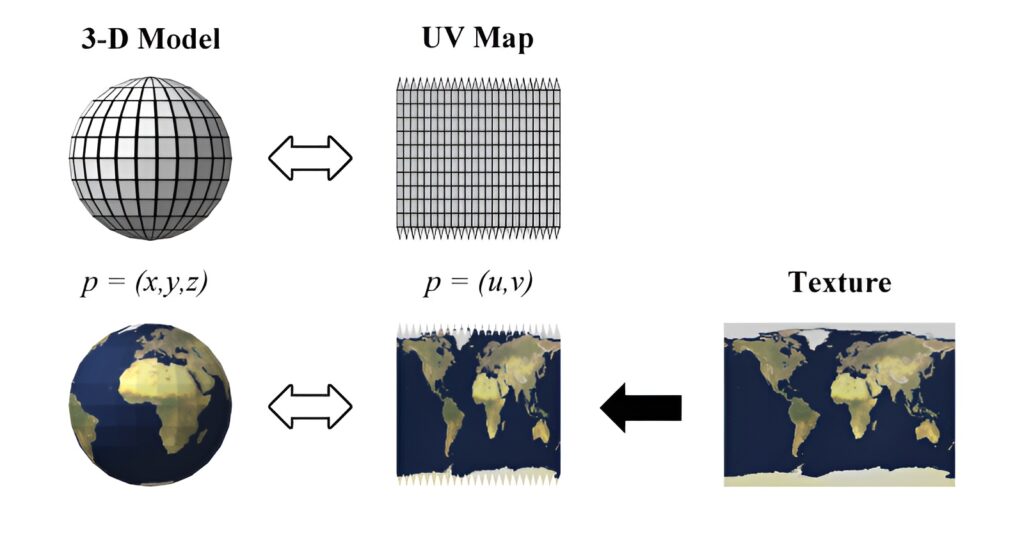
Once it’s finalized, however, artists can let their creativity run wild with colors and patterns. A well-chosen color palette can convey volumes about a character’s personality, often more effectively than textures ever could.
For low-poly characters destined for animation, artists will also have to rig the entire thing. In 2D and 3D modeling, rigging refers to the creation of a “digital” skeleton – it’s painstaking work, requiring a good command of anatomy and movement.
Even with low-poly characters, the goal (usually) is natural, believable motion, and there’s a certain art to placing joints and defining how the polygons comprising the model should deform. Too little, and the character feels stiff; too much, and you’ll probably lose the charming low-poly look.
And then there’s finally animation. Low-poly character designs often lend themselves to exaggerated, playful movements even with a limited geometry. It’s amazing how much personality can shine through with just a few well-timed gestures or a subtle change in posture.
By the way, this stage often involves close collaboration between animators and the original character designers to ensure the essence of the character is maintained through motion.
Well, that was a lot to unpack, right?
Exploring the world of free low poly character 3D models
In the realm of 3D modeling, low poly models have become increasingly popular among creators and enthusiasts alike. These simplified yet visually appealing designs offer a myriad of opportunities for artists to explore their creativity without the constraints of intricate details.
Whether you’re a seasoned professional or just starting out, the availability of free low poly character 3D models in formats like FBX, OBJ, and 3DS opens doors to endless possibilities. With just a few clicks, artists can download these models and dive into projects using software such as Max, Cinema 4D, or even explore tutorials on platforms like YouTube.
The results speak for themselves, as people across various communities share their impressive creations on platforms like Pinterest. What’s more, with the increasing prevalence of touch devices, users can now explore and interact with these models with ease, further enhancing the accessibility and reach of 3D projects.
So whether you’re looking to make low poly characters for a personal project or seeking inspiration for a larger endeavor, the resources and support are readily available for you to explore and find your next creative venture.

Consider low-poly characters for your next project!
There are many advantages to incorporating low-poly characters in game design, especially for people who don’t have the time or resources to work on intricate 3D models. By using them, you can follow current trends and focus more on the storytelling aspect of your game.
And in case you need help to develop your project, we here at Main Leaf would be glad to offer that help for you! For 12 years we’ve been working in the game development industry, offering a complete service, from initial steps to publication.
Get in contact to learn more about our work!

